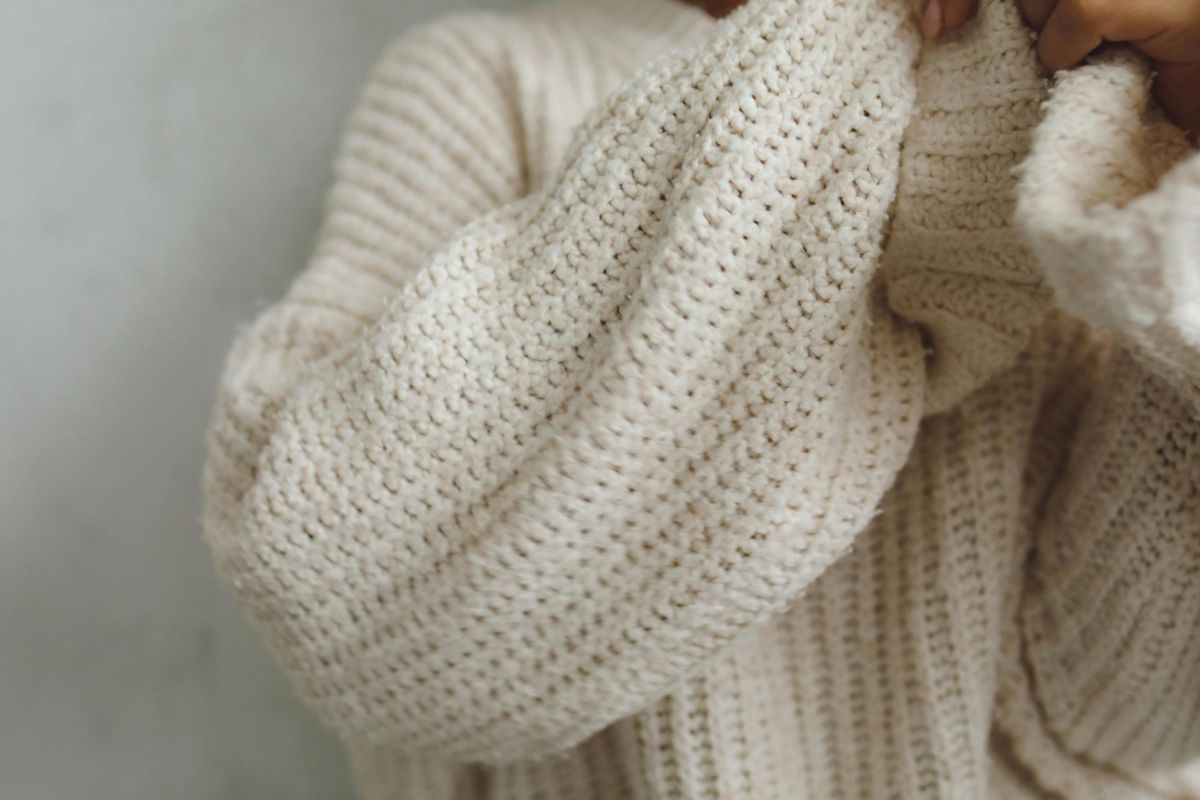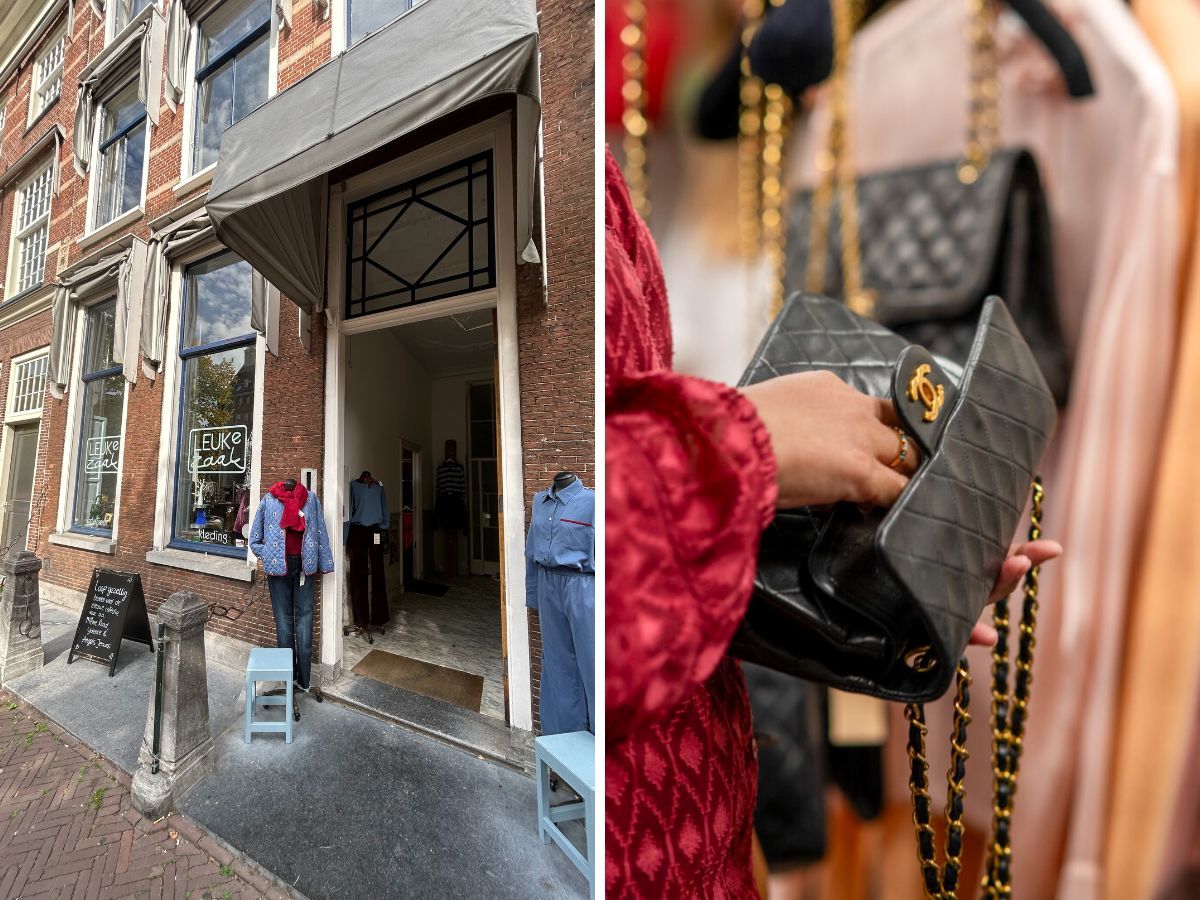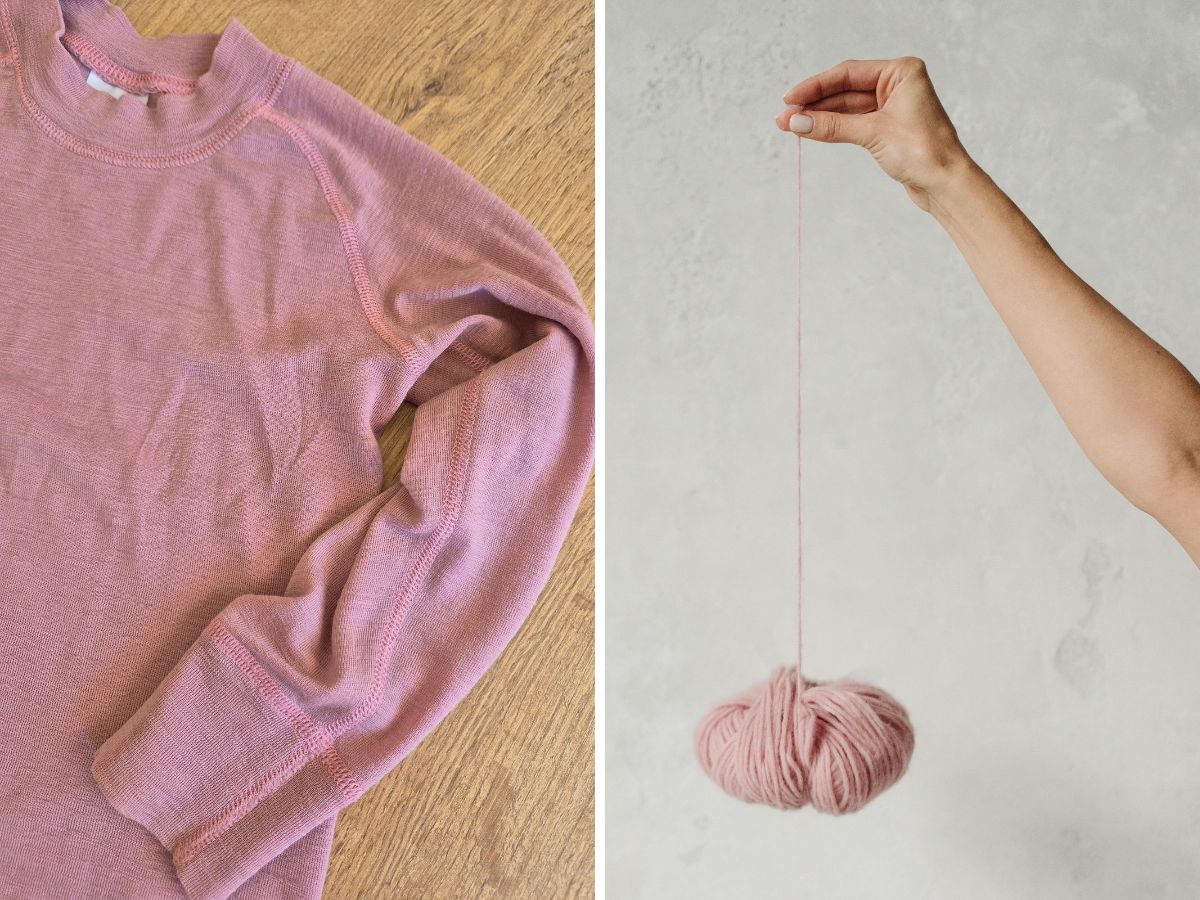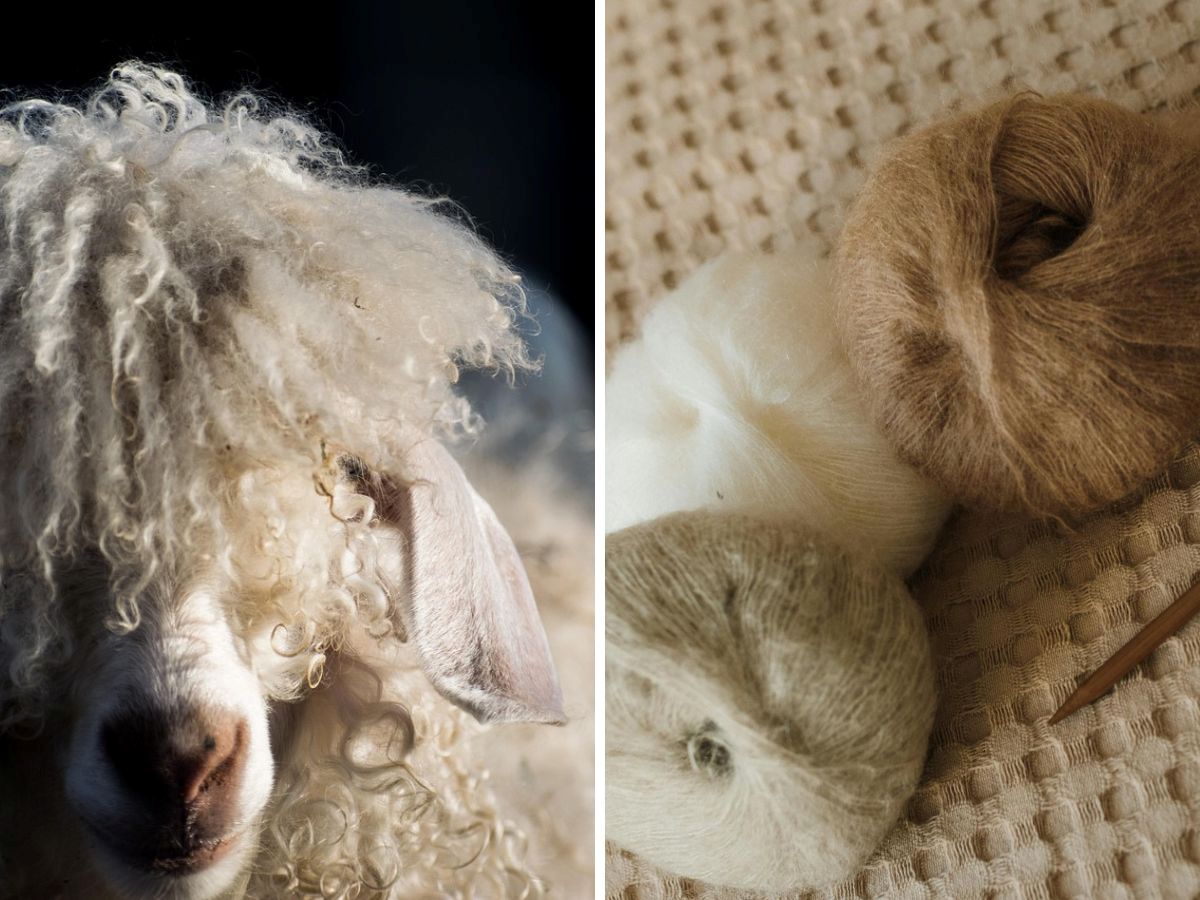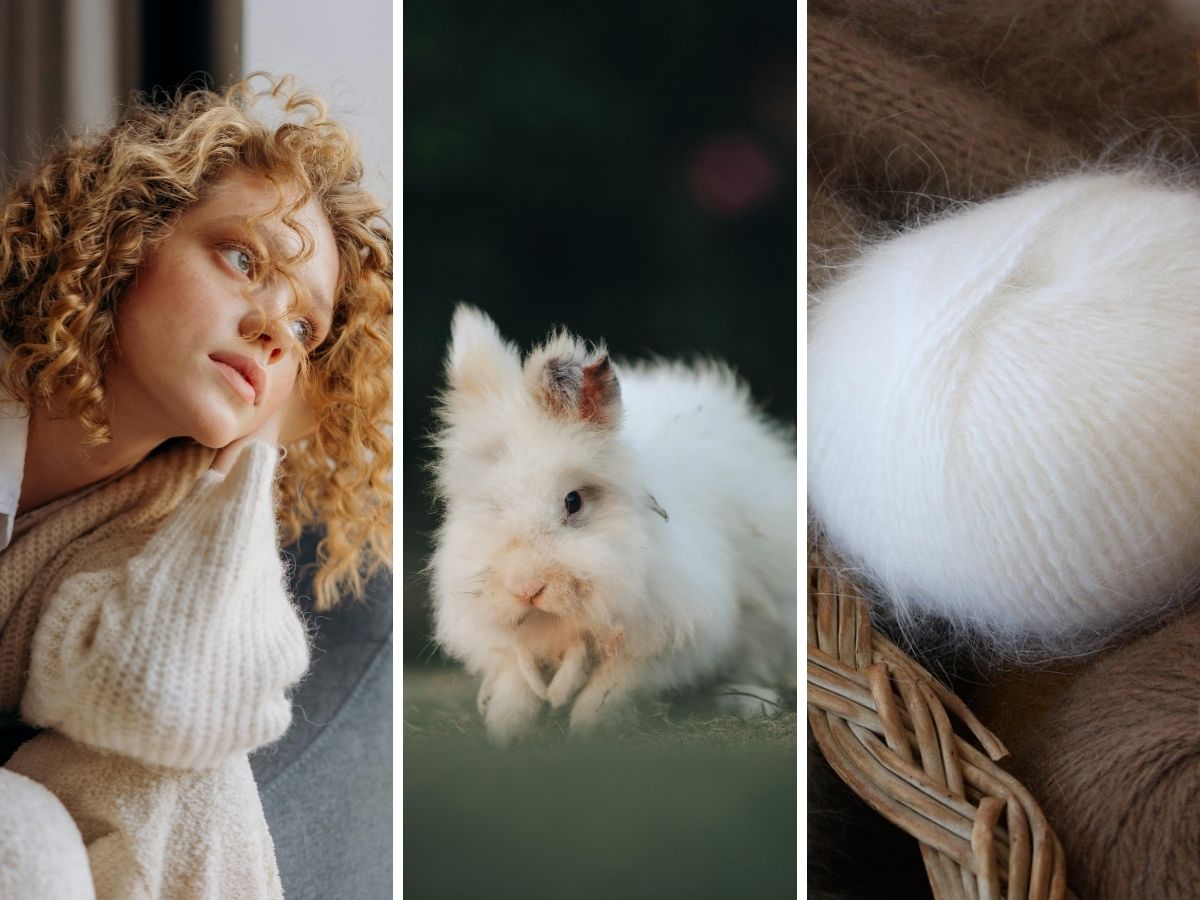In our search for sustainable woollen clothing, we noticed something. Wherever we looked, Dutch sheep's wool was rare. Even though there are some 850 thousand sheep roaming here on our own soil, faithfully shedding their fleece every year. So how come so few jumpers, scarves or cardigans were made from homegrown wool? The answer surprised us. And frankly, it shocked us a little too: Dutch wool is seen as waste. Yes, really.
The Netherlands is a woolhalla and yet we see very little of it
Sheep in the Netherlands are usually not kept for ‘their white wool’, but for their meat, milk or to graze nature reserves. Nevertheless, they are sheared once or twice a year. And that shearing yields much more than ‘three bags of wool for the master and his wife and the child shivering with cold’. An average sheep produces about two to four kilos of wool a year, depending on the breed. According to hhe Dutch Wool Collective about 1.5 million kilos of wool remain in the Netherlands every year for which there is no destination. That wool literally ends up on the rubbish heap. Farmers often even have to pay to get rid of their wool. Yes, we too were momentarily paralysed when we first read this. Absurd isn't it?
Dutch sheep's wool worthless?
Why is it that Dutch wool is worth so little? There are several reasons for this. Firstly, wool from most Dutch sheep is quite stiff. Itchy jumper! This is because the sheep are bred mainly for meat or milk, and not for their fine wool quality. Their fibres are thicker and rougher than wool from merino sheep from Australia or South America, for example, which feels softer on the skin. Exactly what you are looking for in a comfy jumper. In addition, the Dutch textile infrastructure has all but disappeared. Wool used to be washed, spun and woven in the Netherlands, but by now those factories have all but closed down. Having wool processed is now done abroad, often at high cost. But the pandemic eliminated a large market. China stopped importing Dutch sheep wool, causing prices to plummet and leaving no destination for our sheepskins.
The comeback of Dutch wool?
Fortunately, there is hope on the horizon. The Hollands Wol Collectief was founded to give Dutch wool a fair place in the market again. They bring farmers, designers, makers and processors together to find new uses for this forgotten raw material. And this is bearing fruit: more and more Dutch designers, especially in the interior world, are using home-grown wool in their designs. For furniture, stuffing or felt, this somewhat rougher structure is very suitable. A good example is sustainable design brand Kairos, which uses Dutch wool as a natural filling material for their circular sofas.
There are also bright spots in the fashion world. The Knitwit Stable keeps, for instance, its own merino sheep and angora goats for softer, skin-friendly wool. The wool from ordinary Dutch sheep is also given a place there: the somewhat stiffer fibres are made into beautiful jumpers, scarves and blankets. And so more initiatives are gradually emerging. There are not many yet, but we have listed them for you.


Dutch wool bale and cardigan from The Knitwit Stable.
Looking for affordable sustainable wool clothing
Such a beautiful jumper from The Knitwit Stable is of course great, but mèhhh the price tag... Fortunately, there are plenty of other ways to stay warm ánd more conscious through the winter. Think second-hand woollen clothes; you can often find some really cool ones at the thrift store. Your wallet certainly won't grumble. Or do it yourself! After all, there is a surprising amount of Dutch sheep's wool for sale for knitting. We've put together a fine knitting list for you. And can't knit (yet)? Then a cardigan or jumper from a sustainable wool brand is a great second choice. The sheep may not have walked in the Netherlands, but you are choosing better materials and production! You don't have to search long for beautiful sustainable wool brands, because we dived into that too. No worries: the landing was soft.
Finally, want to know why it is important to choose wool more environmentally and animal-friendly? Then read this article too!
Source: Volksrkant (9 November 2024). Photo credits: main image: Polina Tankilevitch (Pexels), other: wool bale: Yumeko, cardigan: The Knitwit Stable.

